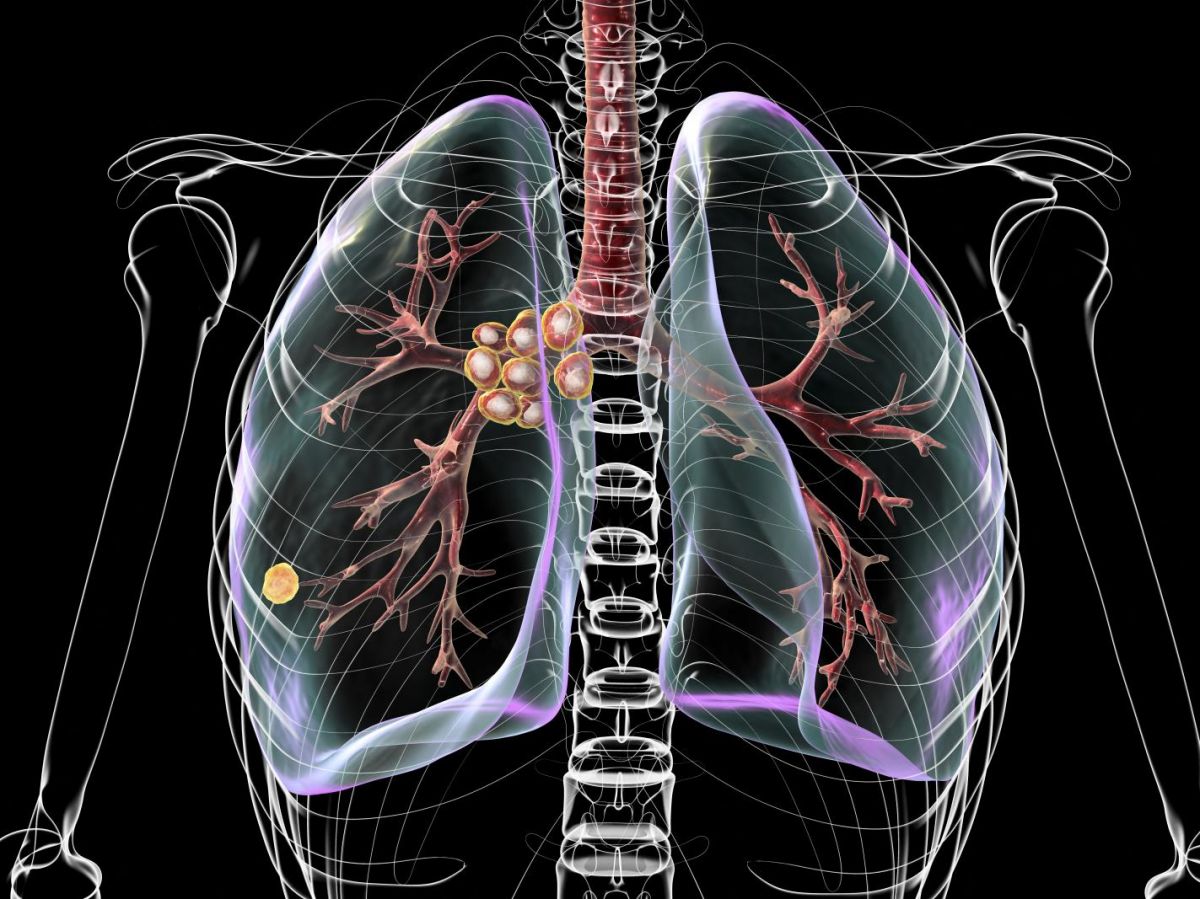“ One of the main challenges of tuberculosis is not only the detection of the disease, but rather the monitoring of its evolution in the patient's lungs, throughout treatment, " explains Ben Davis, researcher at the Rosalind Franklin Institute, during an interview for Science and Future. With his team, he has designed a new way to accurately identify infected lung areas, to the nearest millimeter. This is crucial information for adapting the duration of treatment.
Indeed, tuberculosis often requires long treatments, lasting several months. This constraint sometimes results in premature cessation of treatment, which is very difficult for the patient. A precise view of the condition of the patient's lungs is valuable. It will allow doctors to extend the treatment if a region is still infected, or on the contrary to stop it if the patient is cured.", says the researcher enthusiastically. The results of this study, involving mice, were published in the journal Nature Communications. New work is now beginning to test this method in humans.



